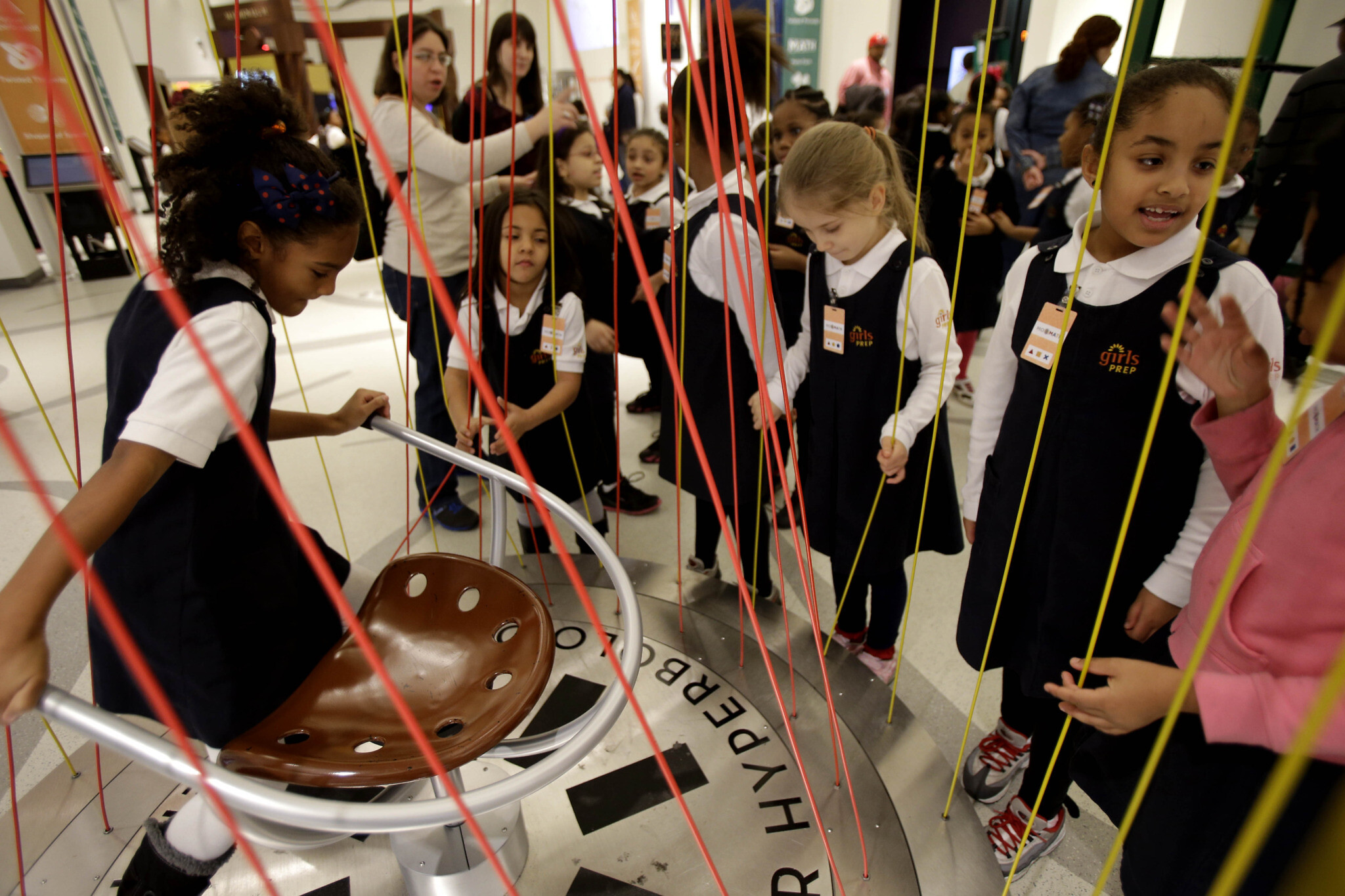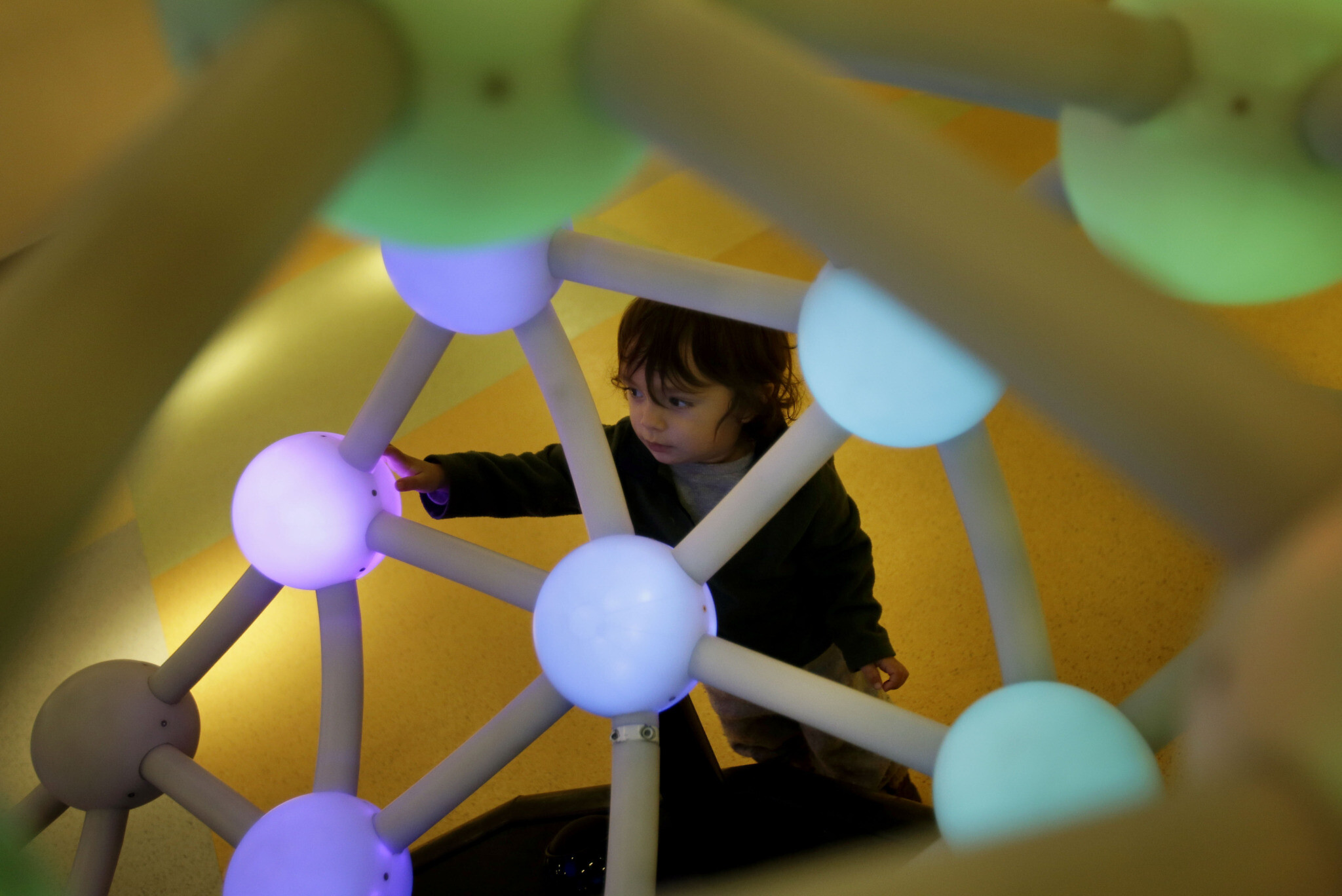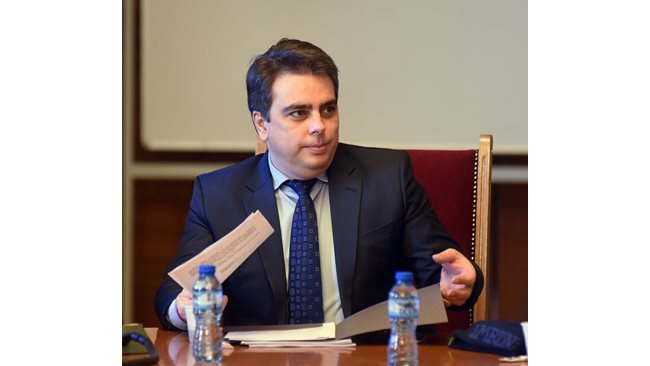New York Jewish Week via JTA — The magazine Wallpaper describes the works on display at the National Museum of Mathematics as “the work of a Spirograph on acid – elegantly swirling, gravity-driven multicolored ink pens coupled with the precision of mathematics.” These multi-colored works of art embody a genius for geometric precision.
The 37 works, currently on display at MoMath, one of New York’s most famous museums, are signed by Ivan Moscovich, a 95-year-old Jewish artist, author, mathematician, inventor, Holocaust survivor, and creator of toys and puzzles . His works of art are the result of a collaboration between man and machine: in 1969, Moscovich patented his version of a harmonograph, a mechanical device that uses swinging pendulums to draw images.
Moscovich told the New York Jewish Week that at the time he was “quite involved in the design of mathematical art”.
Receive our free daily edition by email so you don’t miss any of the best news Free registration!
“The main feature of this device was that each drawing was absolutely different,” he said of his kinetic artwork, in an audio interview from his home in the Netherlands. “None are copied by any means. Therefore, I liked it and created many works inspired by this mathematical art. »
Moscovich’s interest in mathematical art may seem surprising. Mathematics, after all, is a means of analyzing or classifying existing properties or patterns precisely, while art, as Marshall McLuhan famously said, “is anything you can get away with.” .
And yet Moscovich finds his creativity in the precision of mathematics, and the order in the accidents of art. As he wrote in his autobiography, “The Puzzleman”: “It has to do in one way or another with the mysterious mechanism of the human mind which I believe has helped me not only to survive the concentration camps, but also made me do what I have done since,” he wrote. “To survive, I had to get creative. »
Jewish mathematician Ivan Moscovich in a 2016 interview. (Youtube screenshot)
–
Moscovich’s harrowing experiences during the Holocaust were fraught with horrifying and unexpected twists, in which so many aspects of his survival seemed left to fate.
Born to Hungarian Jewish parents in Novi Sad, Yugoslavia, in 1926, he narrowly escaped the notorious massacre in his hometown in 1942. By chance he came across a bag of sugar, which helped him stay in life for several weeks. He survived several concentration camps including Auschwitz before being released. He remained hidden there – for several days – in the middle of a pile of corpses “which almost reached the ceiling”, he said.
A self-proclaimed workaholic, Mocsovich has had a life full of twists and turns, constantly taking incredible turns.
He worked for the Yugoslav Ministry of Transport and graduated in Mechanical Engineering from the University of Belgrade. He then moved to Israel where he worked as a scientific researcher and in 1964 founded the Museum of Science and Technology in Tel Aviv. Although the museum was only open for a short time, its interactive and hands-on nature has inspired “no-touching” science museums around the world, including the San Francisco Exploratorium, which tower has influenced countless science museums across the United States, including MoMath, which opened on East 26th Street in Manhattan in 2012.

Illustrative: Girls Preparatory students play with an interactive exhibit at the National Museum of Mathematics in New York, December 17, 2012. (AP Photo/Seth Wenig)
–
His long and successful career has included creating puzzles and games for Mattel and publishing dozens of books, including “The Big Book of Brain Games”. In 2019, he received a Lifetime Achievement Award from the Chicago Toy & Game Group.
Moscovich’s works have been exhibited in museums in London, Berlin and Mexico City, reason enough to earn him an exhibition at MoMath. But Cindy Lawrence, CEO and Executive Director of MoMath, made a point of explaining one of the additional reasons:
“The fact that we could celebrate her life was important to me as a Jew,” she told the New York Jewish Week. Moreover, “younger generations are so much less aware of the facts of the Holocaust, now that there are very few survivors. So here is another reason enough. »

Illustrative: 1-year-old Seiji Fankbonner tries out an interactive exhibit at the National Museum of Mathematics in New York, Dec. 17, 2012. (AP Photo/Seth Wenig)
–
« Building Beauty: The Harmonograph Art of Ivan Moscovich » est exposé au National Museum of Mathematics de New York, au 11 East 26th St.
–


